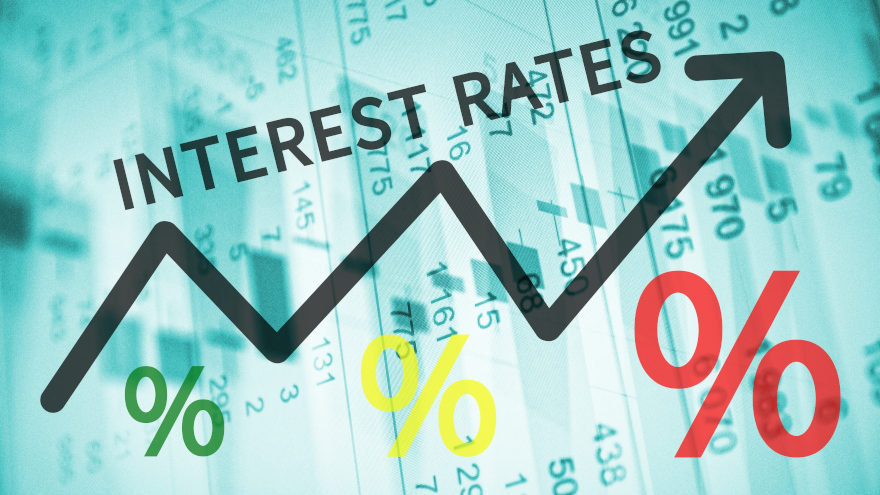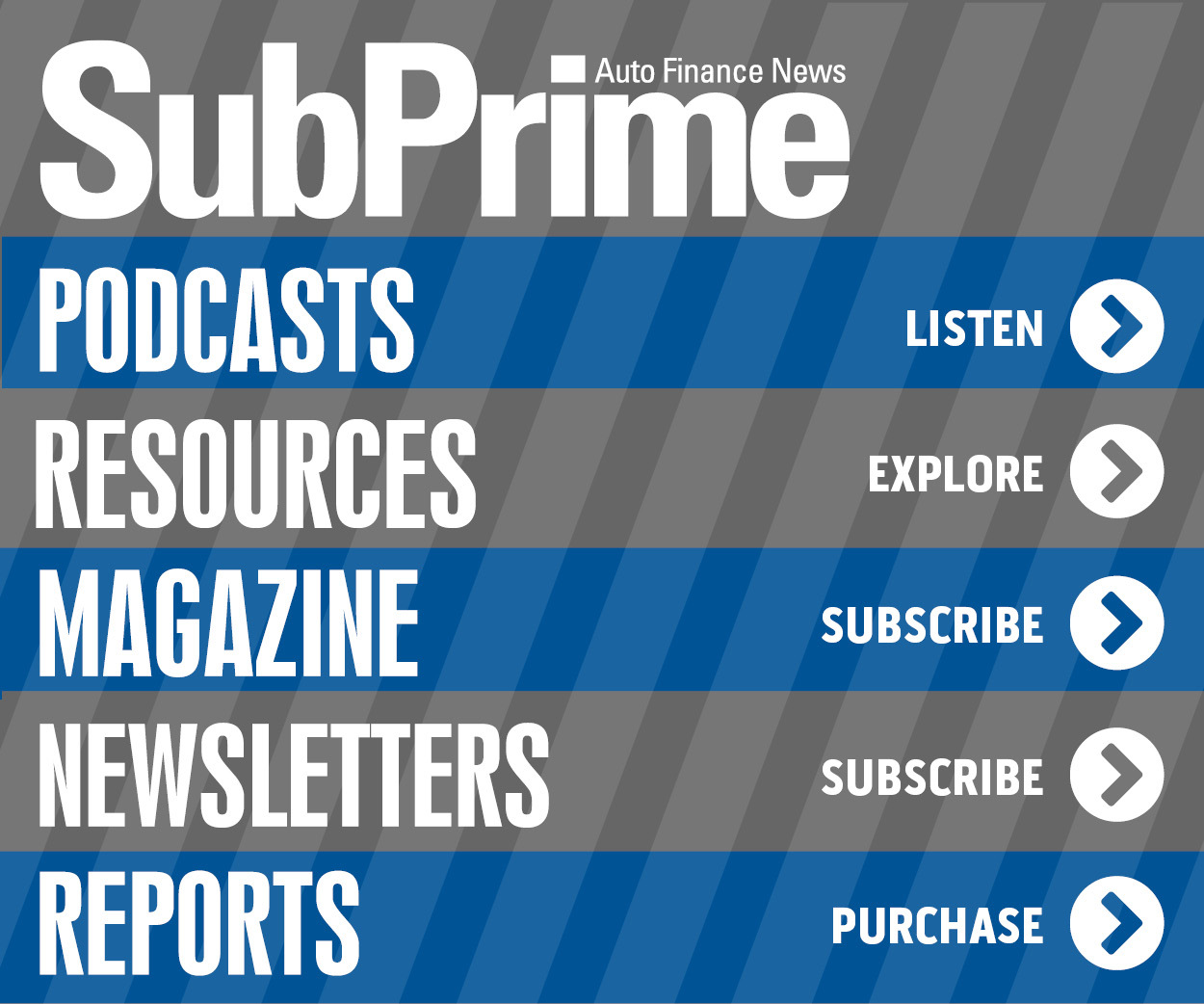Buoyed in part by job market, Fed might not cut interest rates until year end

By subscribing, you agree to receive communications from Auto Remarketing and our partners in accordance with our Privacy Policy. We may share your information with select partners and sponsors who may contact you about their products and services. You may unsubscribe at any time.
If you’re hoping the Federal Reserve cuts interest rates this month, you might be disappointed. Comerica Bank predicted policymakers might not make a move until it’s time to celebrate Christmas, Hannukah and Kwanzaa.
The Federal Open Market Committee will announce its next decision on July 30, with experts projecting that policymakers are likely to keep the current rate range of 4.25% to 4.5% in place since they’re being swayed by major trends like the job market.
“The unemployment rate edged down to 4.1% in June from 4.2% in April and May, a sign the economy continues to provide jobs for most people who want them,” Comerica Bank chief economist Bill Adams and senior economist Waran Bhahirethan wrote in an analysis distributed on Tuesday. “The jobs data will make the Fed feel they have latitude to ‘wait and see’ how the crosswinds affecting inflation play out for at least a couple more months. The Fed will almost certainly hold interest rates steady at their July decision. There’s no smoking gun forcing a rate cut then.
“Hiring could be sluggish near term, but the unemployment rate is likely to hold roughly steady,” Adams and Waran Bhahirethan continued. “Reduced immigration is squeezing the labor supply, so labor demand would have to weaken considerably to cause a meaningful increase in the unemployment rate. Businesses seem unlikely to ratchet labor demand down that much since a big tax cut will become effective in less than a year.”
With those factors in mind, Adams and Bhahirethan added that Comerica forecasts for the Fed’s next change in interest rates to be a quarter percentage point cut in December.
But as dealerships and finance companies might acknowledge, a lot can change between now and that point, especially in the labor market, which is currently in a good spot based on the Conference Board Employment Trends Index (ETI).
Subscribe to Auto Remarketing to stay informed and stay ahead.
By subscribing, you agree to receive communications from Auto Remarketing and our partners in accordance with our Privacy Policy. We may share your information with select partners and sponsors who may contact you about their products and services. You may unsubscribe at any time.
The Conference Board indicated the ETI remained level in June at 107.83, from an upwardly revised 107.83 in May.
The Employment Trends Index is a leading composite index for payroll employment. When the Index increases, employment is likely to grow as well, and vice versa. Turning points in the kndex indicate that a change in the trend of job gains or losses is about to occur in the coming months.
“The June ETI underscored that the U.S. labor market remains stable,” said Mitchell Barnes, economist at the Conference Board. “Though ongoing uncertainty continues to temper consumer and business confidence.”
Experts noted the share of consumers who report “jobs are hard to get” — an ETI component from the Consumer Confidence Survey — declined to 18.1% in June, from 18.4% in May, but remains near the highest rate since early 2021.
Experts also mentioned the share of small firms that report jobs are “not able to be filled right now” (another ETI component) rose to 36% in June, from 34% in May; however, it remains below the 2024 average of 37.5%.
“The ETI is consistent with a solid June Employment Report, which showed payroll gains of 147,000 and a downtick in the unemployment rate to 4.1%,” Barnes said. “We have yet to see layoffs tick up meaningfully despite the pace of hiring slowing.”
The Conference Board went on to mention initial claims for unemployment insurance increased modestly in June. Meanwhile, continuing unemployment claims have risen steadily but the pace has not accelerated.
Experts added the share of involuntary part-time workers also declined in June to 16.5%, from 17% in May. Employment in the temporary-help industry fell by 2,600 in June, and have now declined five out of six months in 2025. Industrial production and real manufacturing and trade sales each moderated slightly in recent data, likely impacted by ongoing tariff and trade volatility.
“New data ultimately still show a continuation of the recent low-hiring, low-firing environment,” Barnes said. “But the question is to what extent the build-up of uncertainty will translate into a broader softening in activity and labor demand.”
Also, of note in a separate commentary Comerica Bank distributed on Monday, Adams and Bhahirethan reviewed the meeting minutes from the FOMC’s June gathering.
“The minutes of the FOMC’s June 17-18 meeting show ‘most’ monetary policymakers judge that ‘some reduction’ in the fed funds rate will be appropriate this year, since the inflationary effects of tariffs could be temporary or modest,” Adams and Bhahirethan wrote. “‘A couple’ of FOMC members were open to reducing the fed funds rate as early as the July 30 decision, while ‘some’ see holding rates steady through year-end as more appropriate.
“In light of ongoing uncertainty over tariffs and the significant fiscal boost from the One Big Beautiful Bill Act’s tax cuts and increased defense and immigration enforcement spending, the consensus of ‘most’ policymakers to cut interest rates this year could be fracturing,” Adams and Bhahirethan went on to say.


